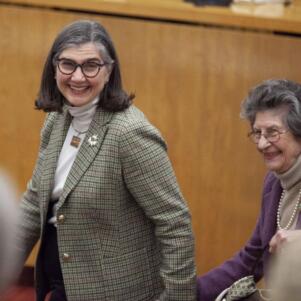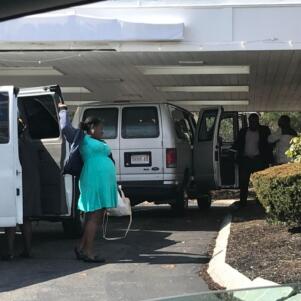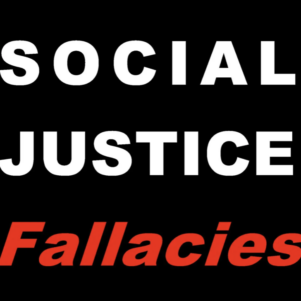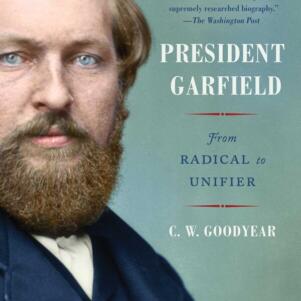Hate speech and the First Amendment
By Harvey Silverglate | September 2, 2015, 6:03 EDT
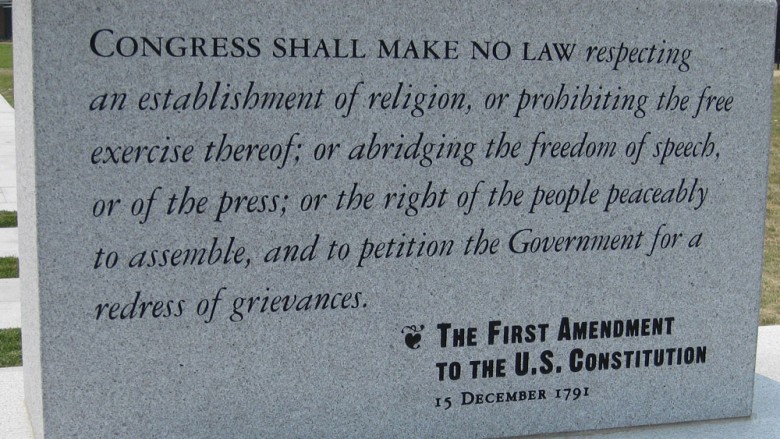 Courtesy of Flickr
Courtesy of Flickr “Free speech,” though one of the more ubiquitous legal terms du jour, is also widely misunderstood. There are a number of mentalities behind this ignorance, perhaps none so simply observed as in the title of the famously liberal writer Nat Hentoff’s book on the subject: “Free Speech for Me, but Not for Thee.” Our society at large has a long tradition of seeking to carve out free speech exceptions, but the courts, far more often than not, have ruled to protect, in the words of the late Supreme Court Justice Oliver Wendell Holmes, “freedom for the thought we hate.”
While double standards in the arena of free speech abound in all sectors of civil and governmental society, nowhere is the gap between theory and practice greater today than on our college and university campuses. Academic institutions stubbornly maintain, in the face of often overwhelming evidence to the contrary, that they value the right of free speech as a component of sacrosanct “academic freedom.” College presidents repeat this routine cant whenever their commitment to free speech is questioned, despite the fact that, as I’ve observed on several occasions, their students can freely say things outside the campus gates that would be punishable within them.
Harvard University, for example, maintains several speech codes that the Foundation for Individual Rights in Education (FIRE), a nonprofit I co-founded, has deemed incompatible with First Amendment protections. Harvard’s harassment code reads, in part: “Behavior evidently intended to dishonor such characteristics as race, gender, ethnic group, religious belief, or sexual orientation…can be punished under existing procedures because it violates a balance of rights on which the University is based.”
But in the “real world” outside of the ivy walls, the “dishonorable” speech that Harvard outlaws is clearly protected. Indeed, exceptions to First Amendment protection are quite narrowly defined by the Supreme Court, with exceptions being limited to Obscenity, Defamation, Copyright Violations and true Threats.
The idea of a harassment exception to free speech undergirds the many calls for censorship in academia today. But this exception applies only in specific contexts, and even within those (such as a workplace), harassing speech must rise to quite a high level before it is legally actionable.
The classic legal definition of a “threat” requires that the listener conclude that unless he obeys the person uttering the threat, he will suffer serious financial, physical or reputational damage. On a campus, a threat has come to be defined as words that make the listener uncomfortable – so uncomfortable that he (or she) will find it difficult to proceed with his education. Anyone at all familiar with the theory behind academic discourse and its embodiment in institutions of higher education will immediately understand that intellectual (and often emotional) discomfort is a necessary adjunct to getting a real education. College is neither a prisoner-of-war camp nor a nursery school. Or at least this was once true.
Consider the modern frenzy surrounding the concept of “trigger warnings” and “microaggressions.” Some students are now demanding that their professors issue verbal or written warnings whenever class material might “trigger” emotional reactions. This could be a specific as alerting students before they encounter graphic descriptions of rape, or as broad as warning a class about forthcoming mentions of colonialism. Moreover, students are now targeting largely unintentional, but potentially offensive comments called “microaggressions.” A microaggression might be as benign as the question, “Where are you from?” Nowhere in the nation, outside of a college campus, would an adult seriously argue that another adult does not have the right to make him uncomfortable by the mere utterance of non-threatening words.
The modern Supreme Court of the United States has long been extremely protective of First Amendment rights. Even during times of war, when fear tends to rise along with government intrusion on civil liberties, our nine justices have for the most part upheld a broad interpretation of free speech. In the landmark free speech (and free thought) case West Virginia Board of Education v. Barnette (1943), decided during World War II, Justice Robert H. Jackson wrote, for the majority, “[i]f there is any fixed star in our constitutional constellation, it is that no official, high or petty, can prescribe what shall be orthodox in politics, nationalism, religion, or other matters of opinion or force citizens to confess by word or act their faith therein.” The most important constitutional freedom, then, is that of speech (and its close allies, thought and belief).
Unfortunately, free speech today is far from a “fixed star” in the educational constellation, regardless of how officials claim to honor academic freedom and its allied rights. This must change if institutions of higher education are to fulfill their promise to prepare students for life beyond their cloistered campuses. It should no longer be true that there is more freedom outside of the campus.
Harvey Silverglate, a Boston criminal defense and civil liberties lawyer, is the co-author of The Shadow University: The Betrayal of Liberty on America’s Campuses [The Free Press imprint of Simon & Schuster], and co-founder and current Board member of The Foundation for Individual Rights in Education.


